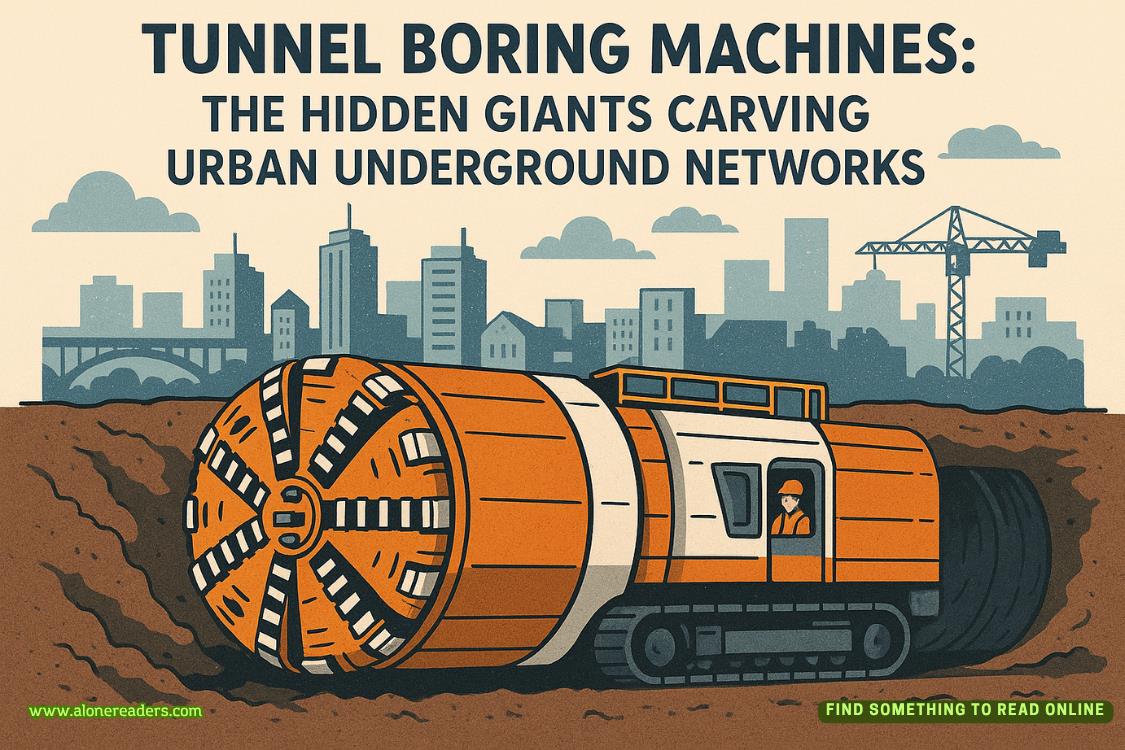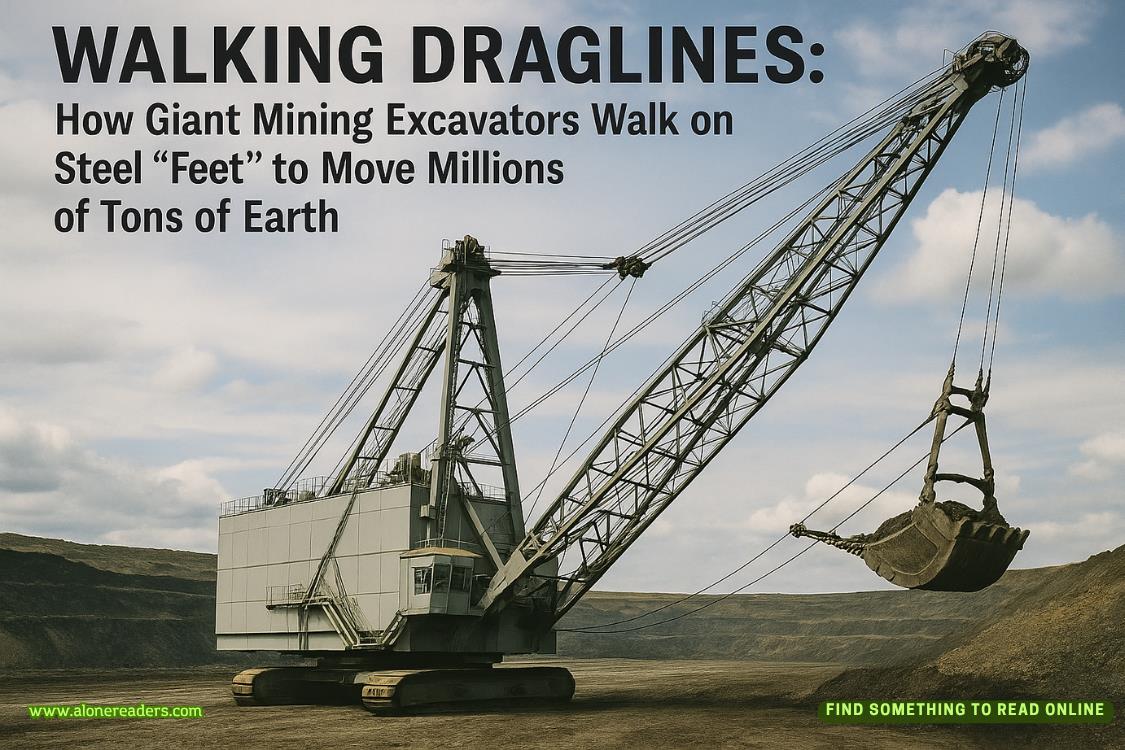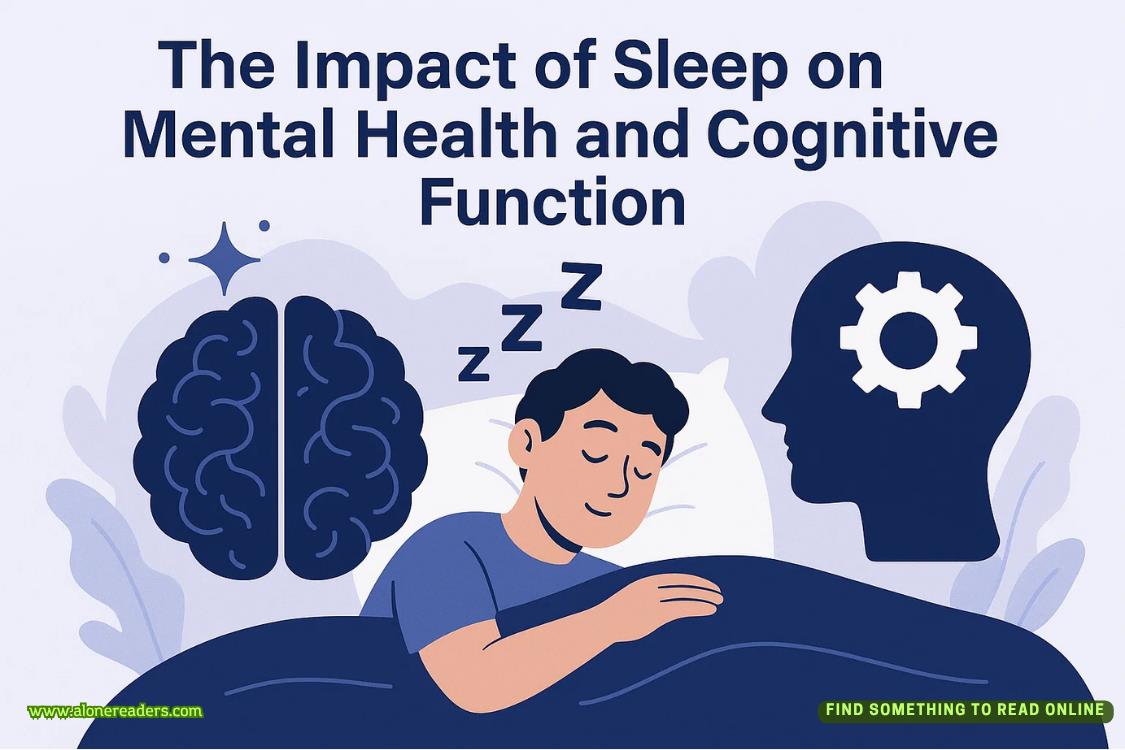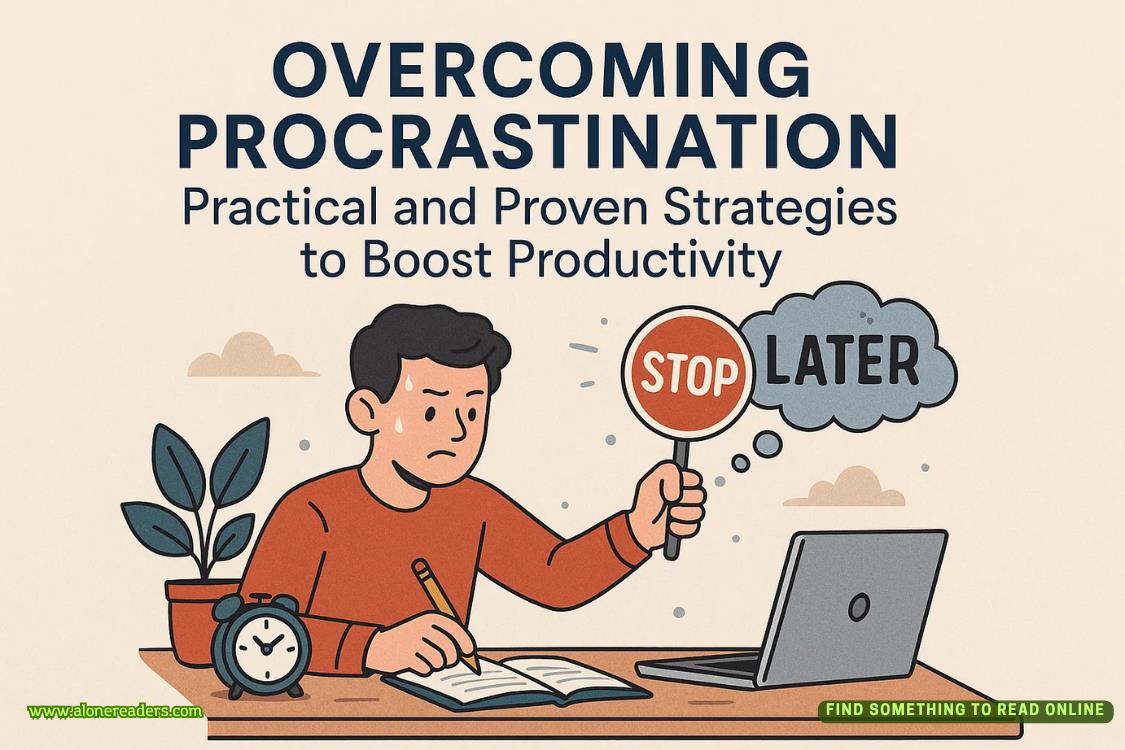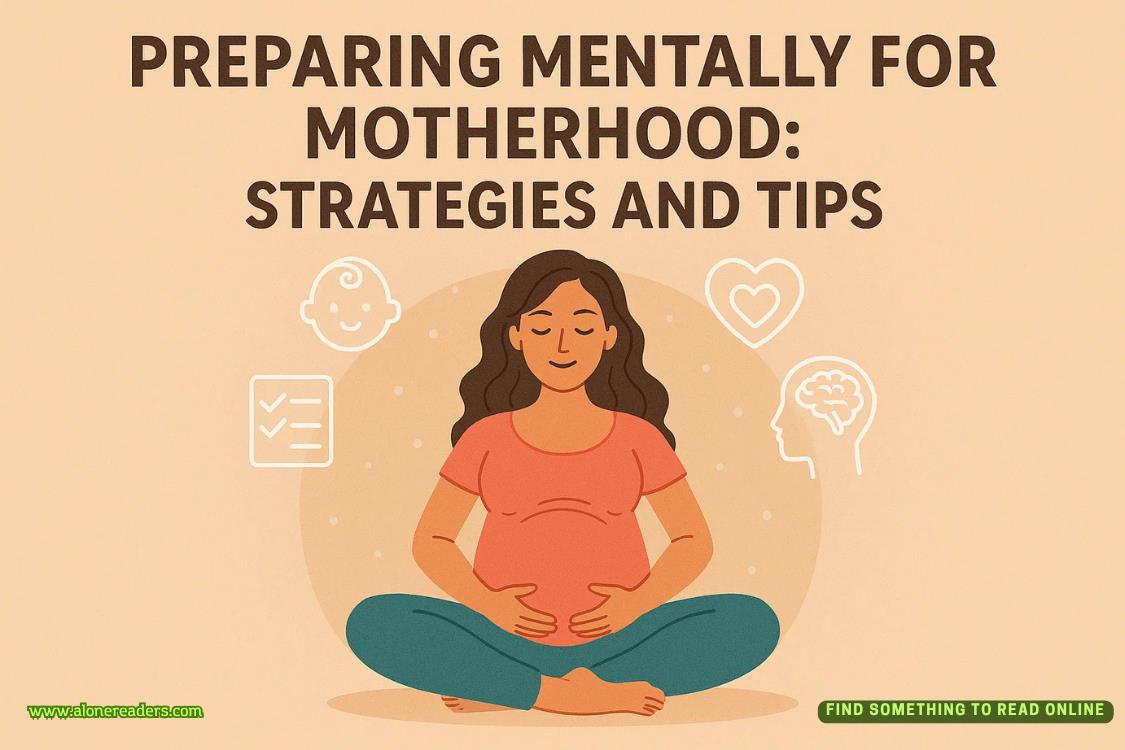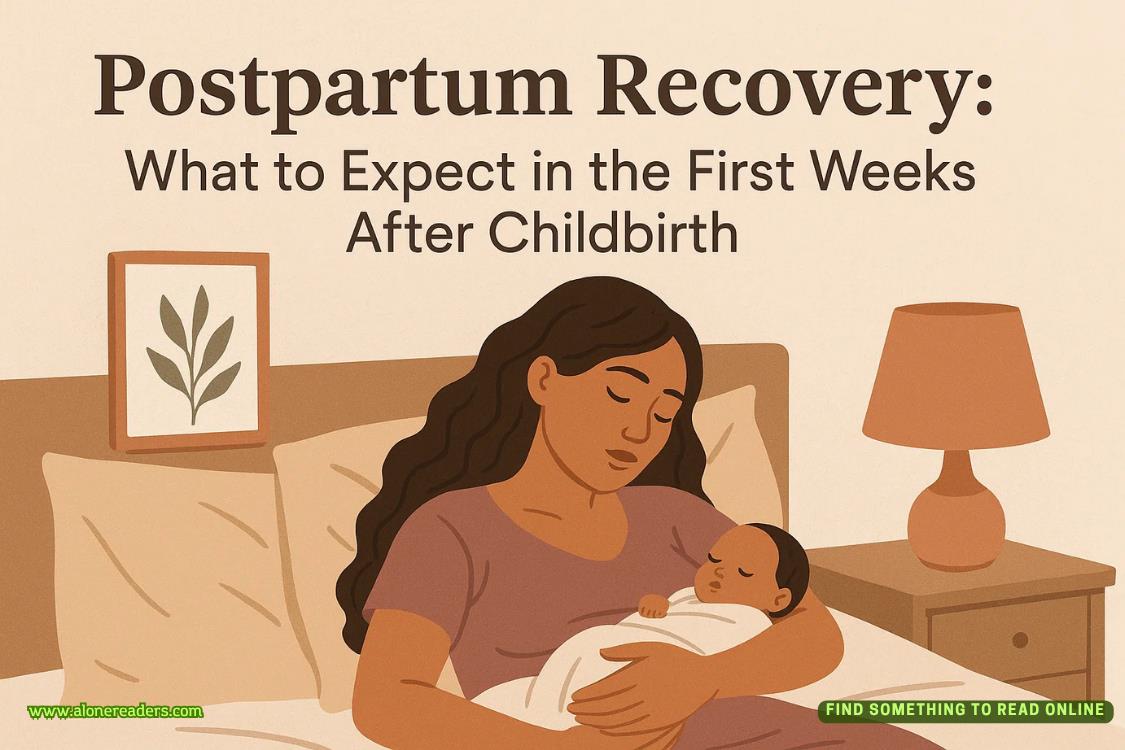Page 138 of Nobody's Fool
“When can you come to my office?” Jennifer Schultz asks me. “This isn’t the kind of thing you discuss over the phone.”
An hour later, I am back at the offices of the Abeona Shelter with Jennifer Schultz. When we are both seated, she spins her computer monitor around and when she does, when I see the image on the screen, it’s like someone walloped me with a two-by-four.
I am not hiding what I’m feeling.
“I assume that’s her,” she says.
It’s more than her. It’s the Anna I knew. Maybe a year or two younger than when we first met. I am suddenly transported to the Discoteca Palmeras and she’s catching my eye on the dance floor. Just like that. It’s like I said before—if I ask you to picture a face from twenty-five years ago, you’ll struggle. You remember and you don’t remember. The image is more manufactured, more stitched together through the prism of nostalgia, emotion, reality. But this—this is the Anna that I knew.
The image is of a modeling headshot. I’m no expert, but the lighting, framing, composition, all that looks pretty professional. Anna stares into the camera in a mildly inviting way—beautiful, yes, butnot intimidatingly so. She is smiling, but it looks forced and I’m having trouble finding anything resembling joy in it.
She also looks scared to me.
Nothing obvious. Could be projection. But there is fear there, a backing away as though even the camera means to harm her, and it makes my heart ache.
“Her real name is Anna Marston,” Jennifer Schultz tells me. “My father was the original point of contact on this. He was working the King of Prussia mall when she walked by him. Alone. No friends. That was sometimes a sign, I guess. What teenage girl wanders a mall alone? Like she’s prey. I assume my father gave her his usual sales pitch. You’re beautiful. You have a certain something.” Jennifer says this all quickly, like she just wants to get through it, which would make sense. “Anna made it clear that she couldn’t afford a modeling portfolio, another sign of weak prey. Dad would have then said something like he saw so much potential in her he would give her a”—again quote fingers—“‘scholarship,’ and he’d pay for the portfolio himself. Depending on the situation, he might have taken Anna to the food court to get something to eat. Or the Gap or Limited and buy her an outfit for the shoot. She’d be deeply moved by his kindness, even if a bit wary. A girl like Anna is not used to kindness, especially from men. My guess is, my mother would come in at this point and take over. A matronly woman would be less threatening to a young girl.”
I stare at the photo and shake my head.
“It’s grooming,” Jennifer says. “And yes, it’s awful.”
“What do you know about her?” I ask.
“Anna Marston is sixteen years old in the photo. The picture was taken February tenth, 2001. She was born in State College, Pennsylvania, to a single mother. Don’t know who her father was—not sure she did. Her mother worked in a cafeteria in the East Halls at Penn State. She died when Anna was nine. Don’t know from what. Anna then moved in with her aunt in Spruce Creek because that was theonly family left. The aunt was an abusive junkie. Lots of guys in and out. Some nice, most not. Anna was pretty. You know the deal. I don’t have to spell it out. I guess Spruce Creek is known for its fly-fishing. One of the fly-fishing instructors took a special interest in Anna. So she ran away. She’d been on the run three weeks when she met my father at the mall.”
I look at this photograph. I think about the girl I met not long after all this. I’m overwhelmed and trying to stay on course.
“Is that aunt still alive?” I ask.
“I don’t know. I couldn’t find her, but I didn’t really look all that hard.”
“So what happened to Anna then?”
“I don’t know for sure, but I think we can speculate. The agency probably told her they had a job for her overseas. Modeling, waitressing, babysitting, whatever. They sent her there. They got their pay. And she was gone. My parents wouldn’t ask for a follow-up because they didn’t want to know. But she’d either be forced into the sex trade or into some kind of moneymaking scheme. You mentioned she worked scams with some Dutch guy. Maybe that wasn’t as bad as some other tracks, but my guess is it was pretty damn awful.”
We sit there. Jennifer Schultz shows me some other modeling shots of Anna. Full-body ones. They were all casual, appropriate, nothing risqué in the slightest. They looked like ads we would see in old Sunday newspaper circulars for stores like Sears and JCPenney. Do they still have those? Do people still page through ads in a thick Sunday newspaper? I don’t know and I don’t know why I’m thinking about such nonsense or maybe I do know. Maybe it’s a stall, a preventative, because I am finally putting the pieces together and I don’t want to face this truth.
That doesn’t stop Jennifer Schultz from asking the obvious: “Is this the woman who was passing herself off as Victoria Belmond?”
I knew, didn’t I? The clues were all there from day one. Why didshe insist on being such a recluse? Why wouldn’t she see old friends like Caroline Burkett? Why did they hire me in the first place? Why did she lie about not remembering Spain?
“Kierce?”
I don’t know the details. Not yet. But I’m there now.
“Was the murdered woman Victoria Belmond or not?”
I don’t say the answer, not out loud, but I think it.
She was Victoria Belmond. And she was not.
CHAPTER THIRTY-TWO
Underneath it all, I’m a cop. Now. Before. Prenatally, I sometimes think.
That’s the funny thing about my life trajectory. I was supposed to be a physician. That had been my plan from as young as I can remember. If I hadn’t gone to Spain and met Anna, I would have gone to Columbia University medical school that fall. I’d have done the four years. I’d have picked a specialty—I was interested in cardiology—and gone on to my internship and residency and would have never crossed paths with Nicole or met Molly and there would be no Henry.
I would have never become a cop.
